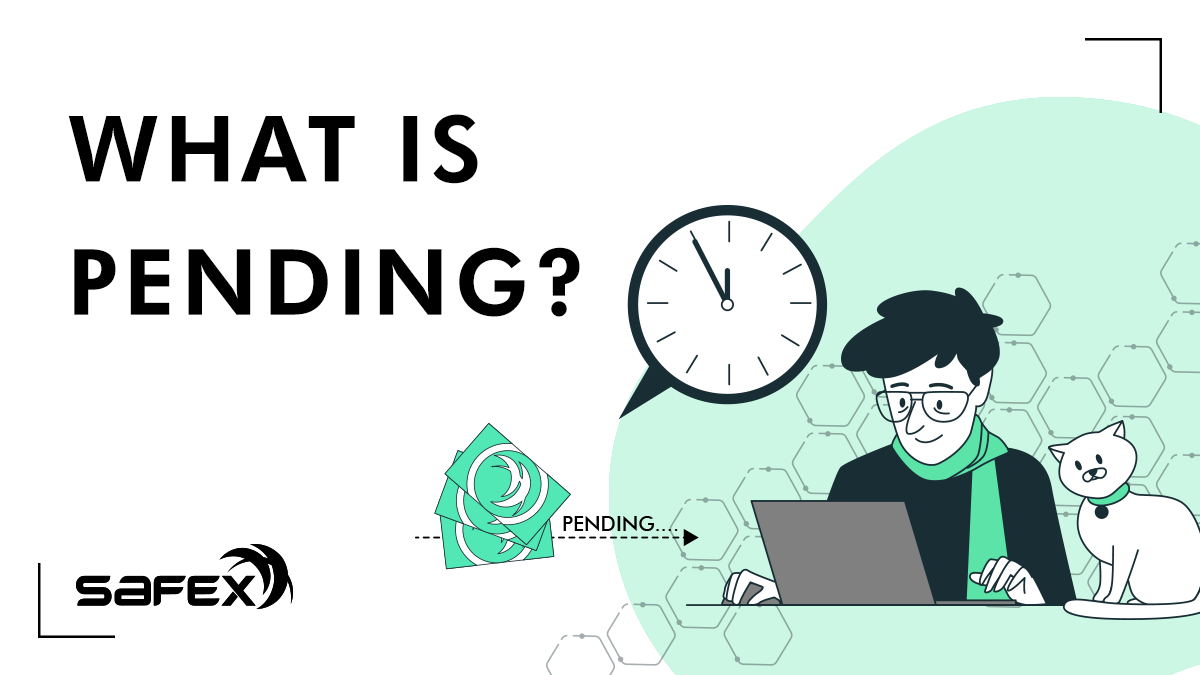What is Pending?
Learn What is Pending status in the Safex Wallet.

Pending has two meanings within the Safex wallet and blockchain ecosystem:
1. A transaction is considered Pending while it sits in the Transaction Pool, awaiting processing.
2. It is a coin balance status that you can see in your wallet as you wait for received coins to become available in your wallet. The transaction is completed, but access to them is pending after the coins are received, as the wallet waits for enough (10) block confirmations to add them to your available balance (become spendable).
More detailed:
A transaction is pending from the moment it gets created by the wallet software and first sent to the node it is connected with through to the time it gets processed and the transaction is written to a block on the blockchain.
In the interim, it waits (pending) in the transaction pool (visible in the Transaction Pool table on the block explorer at Safex Explorer ) until such time as it gets processed.
While the Safex blockchain targets a 2-minute average, the actual time for block discovery can vary from seconds to many minutes, due to fluctuations in network hashrate vs the current block difficulty. The more consistent the network hashrate, then the closer to the desired 2-minute block target the blocks will be found.
Additionally, if there are more transactions in the Transaction Pool than can be processed in a single block, then the transaction could remain as Pending if it stays in the pool, even while blocks are being found.
When will Safex coins be available?
All transactions have a 10-block Pending status on arrival to the wallet, before they become part of available spending balance.
This includes excess SFT and/or SFX that was leftover from a Send transaction.
Why a 10-block Wait?
The 10-block waiting period is implemented as a safety parameter, to allow for any block reorganization that may occur due to blockchain consensus mechanisms.
In the case where the same Block is found simultaneously by two different nodes, and in which different transactions are processed from the transaction pool in each of the ‘winning’ blocks, there’s the possibility that a transaction initial shows as pending, but if it was only processed by the block that becomes the orphaned block, then the transaction would be voided and returned to the transaction pool for processing in a subsequent block.
The 10-block pending period ensures that the coins cannot be immediately reused in another transaction by the wallet owner, just in case they become subject to a blockchain reorganization due to consensus.
Read more similar texts.
